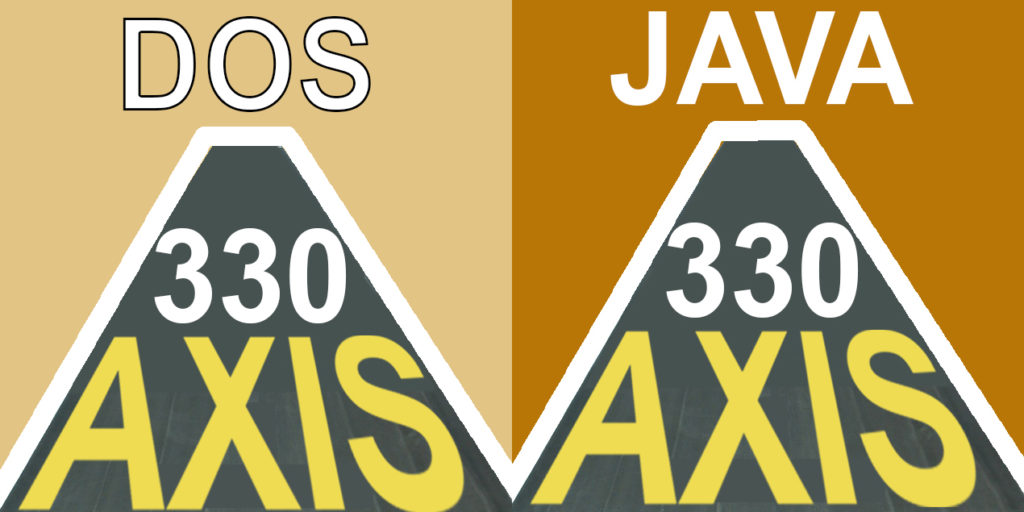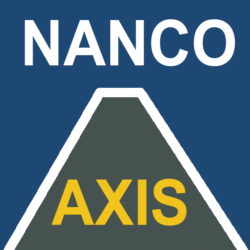
Two generations
News
The AXIS 330 ILS Simulator is a software package where the usage is mainly in these areas:
- Setting-up guidance. The Control Panel shows all mechanical and electrical settings together with sample probes in the Antenna Distribution Unit display. This will guide in correct initial setting up and phasing to minimise flight inspection time at the commissioning of the installation. The special M-ARRAY optimising feature suggests feed settings that will reduce illumination of reflecting objects that normally create beam bends along the approach. The structure and the general performance of the glide path might often undergo significant improvements using this feature.
- Simulation of specific installations in a given terrain model to compare the theoretical signal quality with the achieved Flight Inspection results. By adjusting the model so the simulations closely resemble the actual results, one get control and understanding of the system performance and stability. When the model is established, the simulator can find the optimum glide path system or adjustment settings to obtain the best possible signal quality. Experience in site modelling helps prediction of planned system performance. The signal propagation model uses a parametric equation set for treating short reflection plane. Reflection objects are ground truncations, conducting sheets, wires, semi-spheres or ridges re-radiating the illuminated fields attenuated by a given reflection factor.
- Establish sensitive areas for aircraft and vehicle movements on taxiways and roads near the glide path antennas by simulating the surfaces using rectangular conducting sheets with given sizes and orientations.
- Prediction of signal quality based on the computed influence from planned buildings or constructions on the airport and the surrounding area.
- Stability testing in introducing changes in antenna feeds and their mechanical alignment as well as reflection plane slopes to learn what impact this will have on both near field and far field signals within the coverage limits. This is important for specifying operational limits for the system in order to set the proper alarm limits in the monitors as well as computing signals at ground measurement points at specific installations.
- Tutorial tool to learn how the ILS Glide path system really works under all kind of possible and impossible situations. A nearly unlimited ‘theory book’ that adds neatly into any ILS course to supply the instructor with a demonstration and animation tool. This Software has been under development for many years, and the code is optimised to give practical results based on extensive experience with field- and flight inspection measurements. One of the three basic image glide path types can be selected: Null Reference, Sideband Reference and M-ARRAY, also named Capture Effect Glide Slope.
A terrain model can easily be made with longitudinal & lateral slopes and different ground types as well as a number of scattering objects of five different types. Short truncated ground plane, Semi spheric Hill Tops, Ridges in the terrain, wires and partly or fully conducting rectangular Sheets where the scattering is computed with the Fresnel-Kirchhof diffraction integral.
An optimising routine will find the optimum settings of an M-ARRAY glide path to minimise the signal illumination towards a selected reflection object at or near the airport area. This will reduce the bend potential to a minimum thus giving the best possible structure. An M-ARRAY can also be optimised to be less susceptible to high and low tides or edge diffraction in cases of insufficient reflection plane area.
These settings may be shared with other colleagues using AXIS Software. For this purpose the models can be saved into or loaded from any directory. A number of example setups are included in the library to demonstrate different airport models. The multi language feature reads all texts from three GP2*.UK (english) files. These files are available from us in a number of languages. The users may also copy and edit these three files into their own language files.

